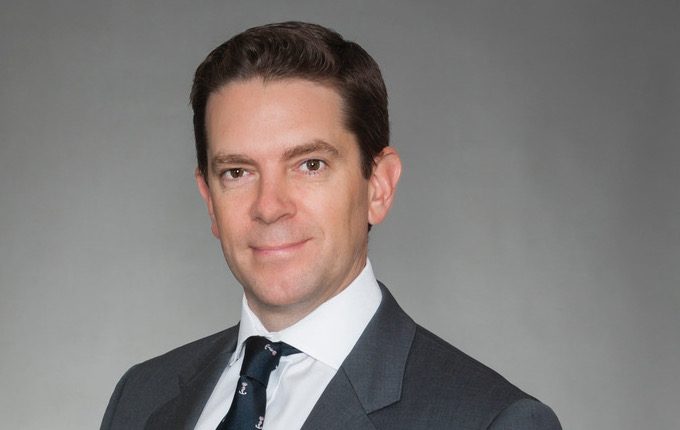Aware Super has grown its infrastructure portfolio from zero to $11 billion in just seven years. Florence Chong speaks with Mark Hector and Damien Webb about the strategy, how the portfolio fared during the pandemic and potential new asset classes.
Register to Access this Exclusive [i3] Insights Article
Create a free account to access exclusive interviews with asset owners, revealing insights on investment strategies, market trends, and portfolio allocations.
If you already have an account you can Login .
If you have any issues registering an account please send us an email at [email protected].

